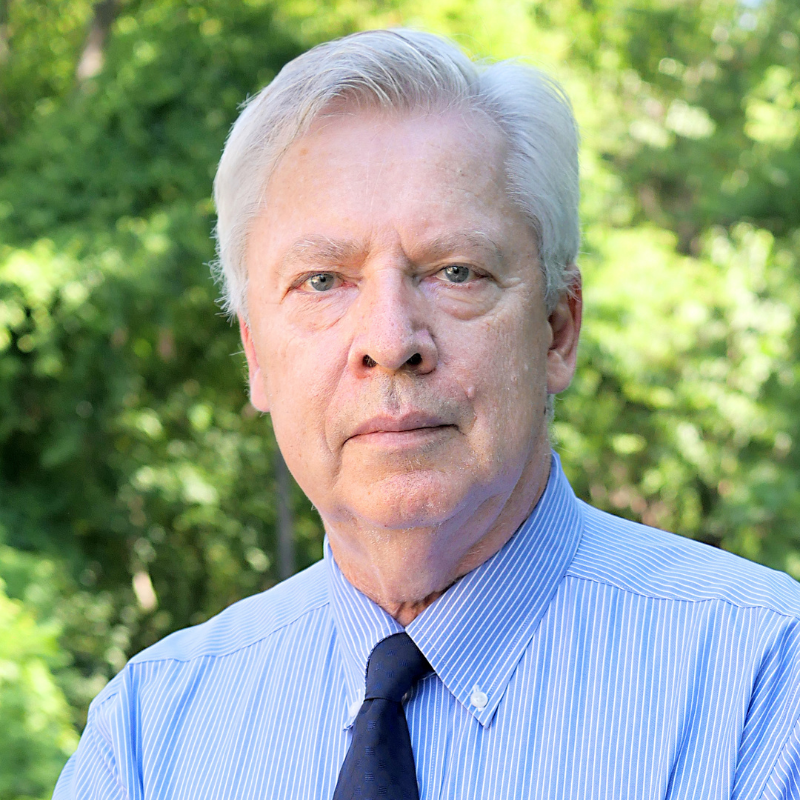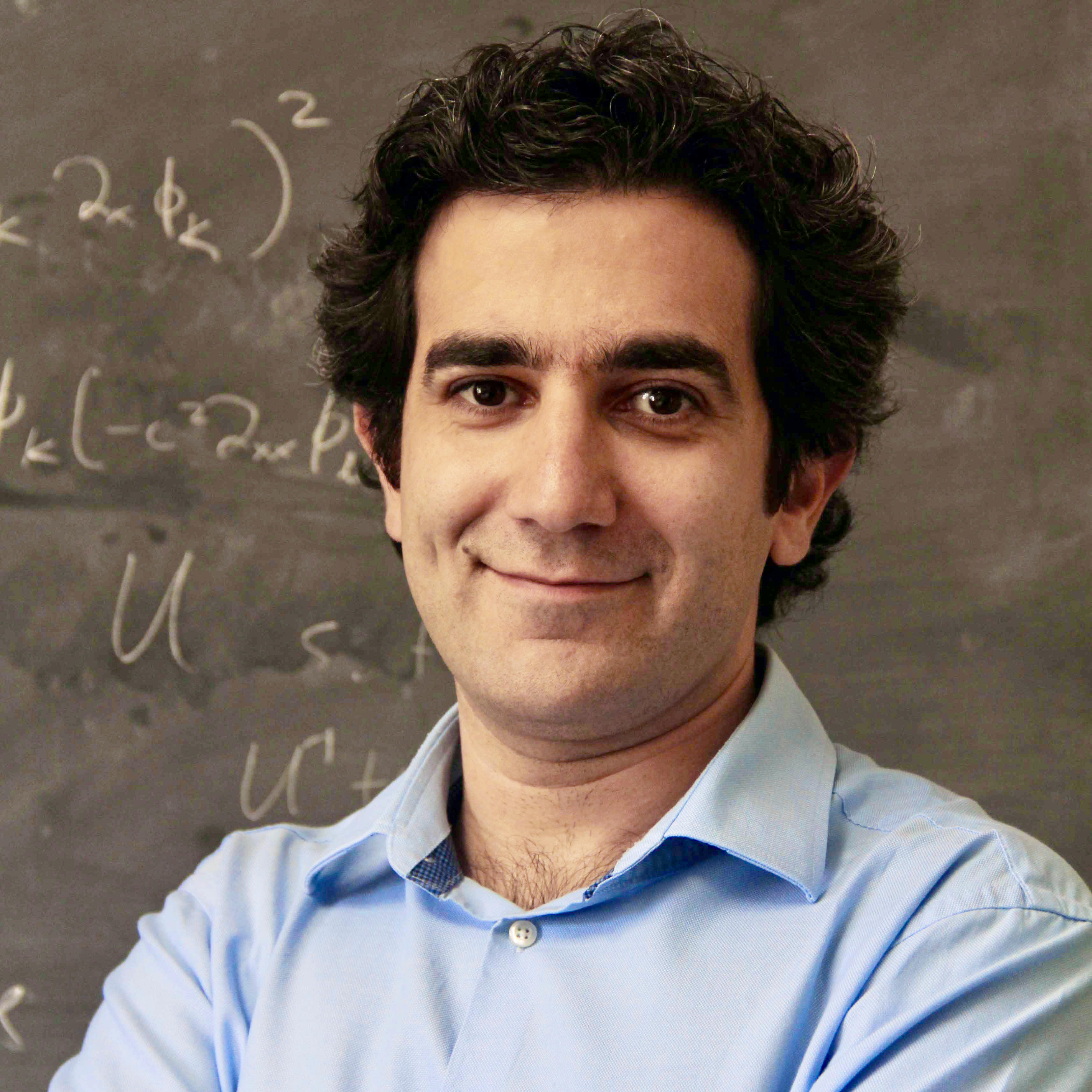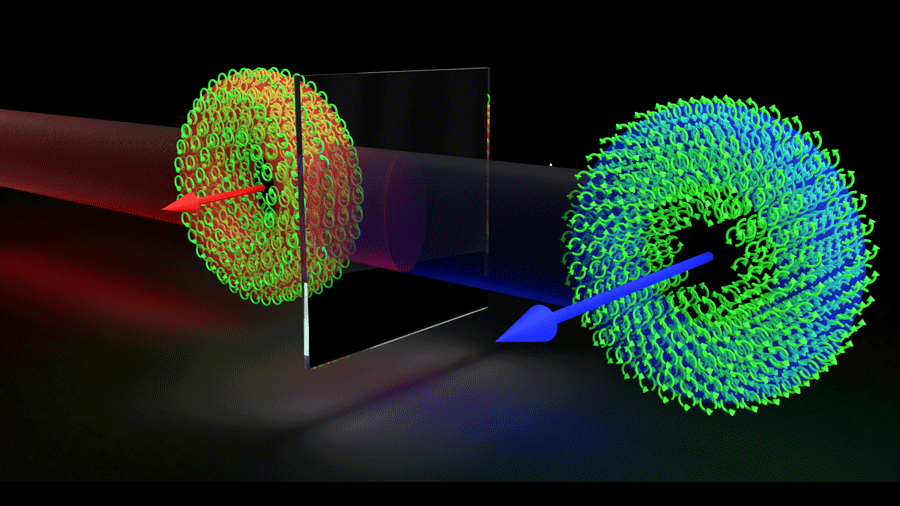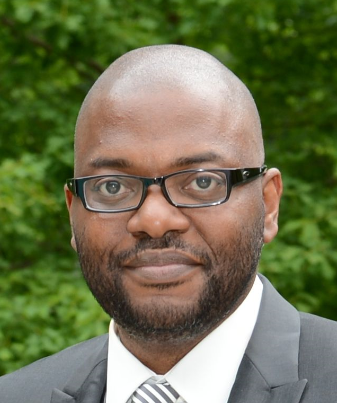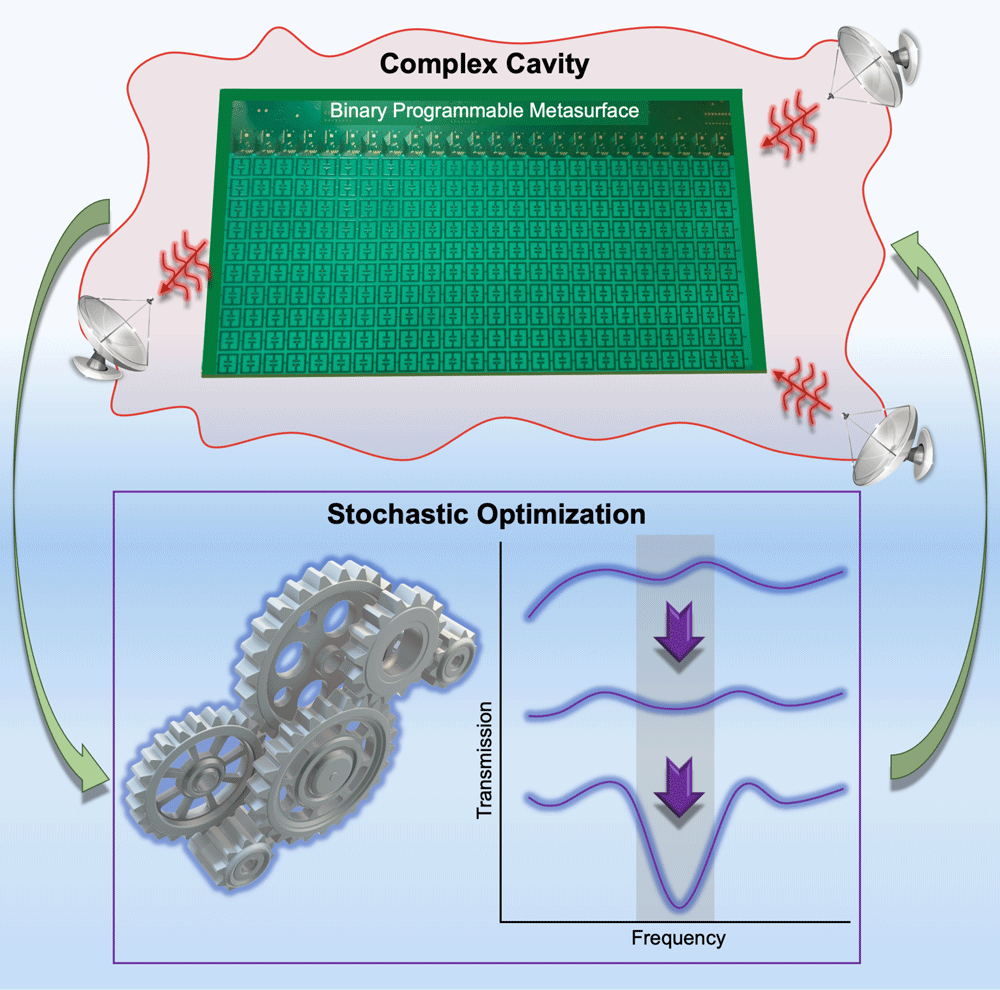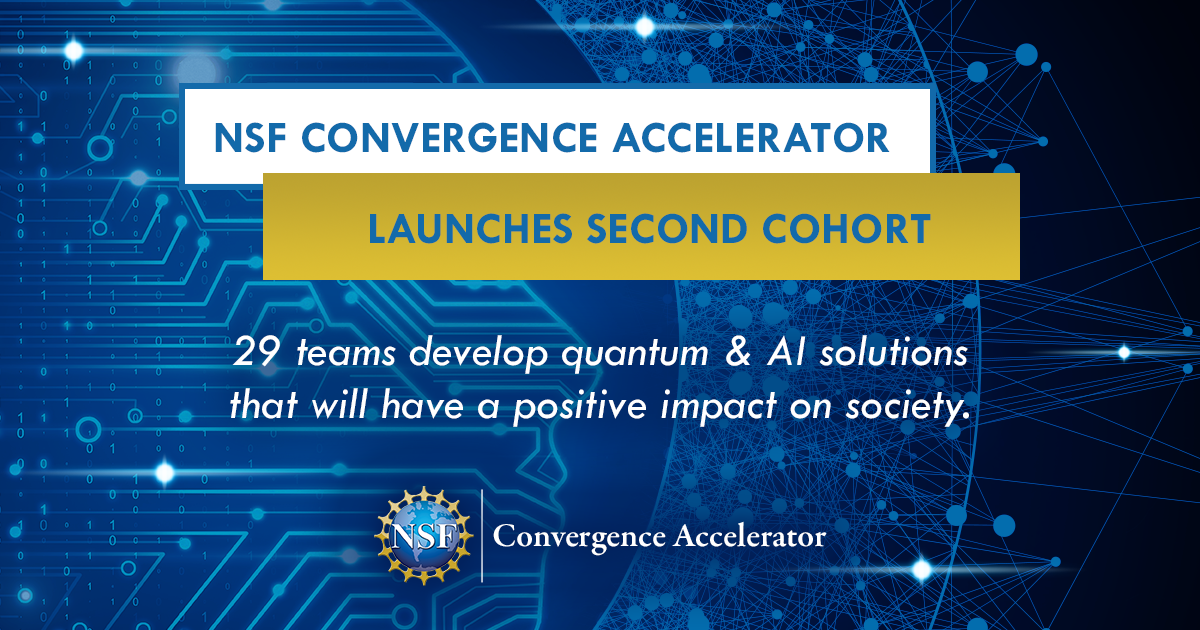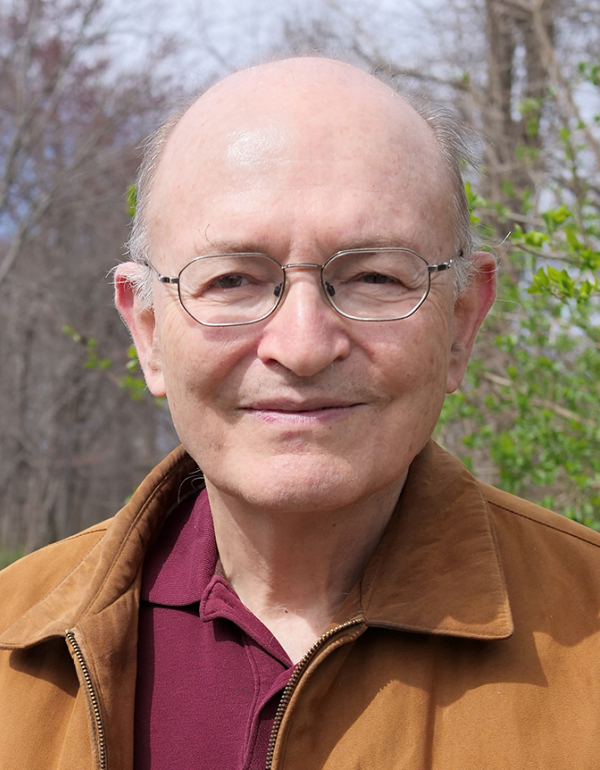News Story
Munday’s research aims to mitigate climate change through radiative cooling
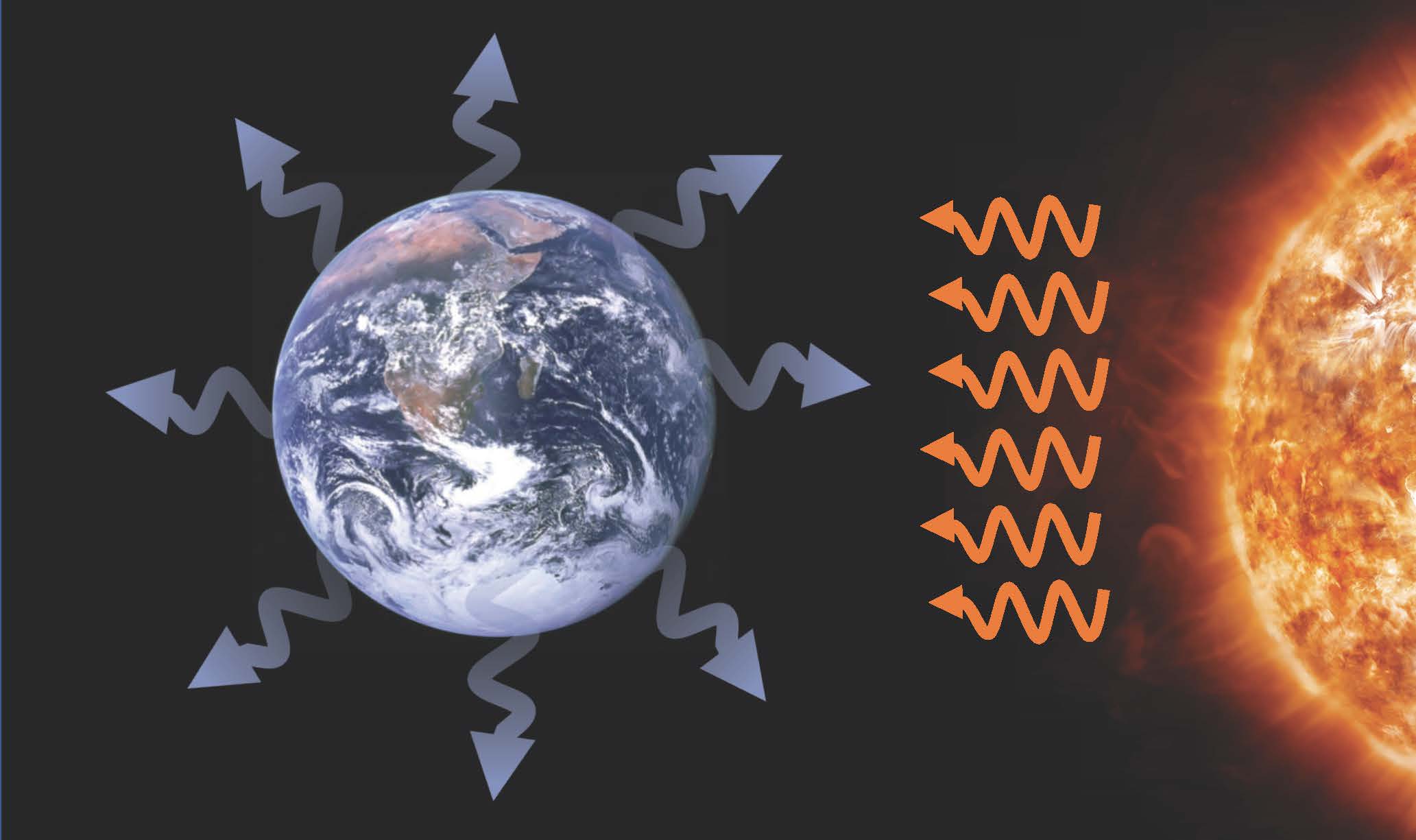
A paper by University of Maryland Associate Professor Jeremy Munday (ECE/IREAP) aims to mitigate climate change, the significant long-term changes in the expected patterns of average weather of the earth over a significant period of time. Tackling Climate Change through Radiative Cooling has recently been published as the September cover article in the Journal Joule - Cell Press.
The earth is warming at an alarming rate and greenhouse emissions are on the rise. Despite growing public concern, few concrete actions have been taken to confront our rapidly changing climate. Researchers have offered dramatic solutions such as climatic geoengineering, including the controversial process of injecting reflective aerosols into the atmosphere, but serious side effects of these geoengineering methods raise concerns.
Munday has proposed an alternative geoengineering approach by increasing heat emission from the Earth in order to cool it. Doing so could be a first step in reducing the current warming trends, which would need to be followed by increased efforts to reduce reliance on fossil fuels.
Radiative heat from the sun is absorbed by the Earth and heats it. Simultaneously, the Earth emits heat to space and cools. When the incoming heat is balanced by the outgoing heat, the Earth reaches a stable, steady-state temperature. Currently, the Earth is absorbing more than it is emitting,which leads to an overall warming of the climate. By covering the Earth with a small fraction of thermally emitting materials, the heat flow away from the Earth can be increased, and the net radiative flux can be reduced to zero, thus stabilizing the Earth (or cooling it if the flex is negative).
Using materials that are currently available, Munday has performed a preliminary analysis and estimation of the needed areal coverage and potential costs to nullify the current warming trends.
“Looking forward, physicists and engineers working on photonic engineering of radiative emitters can learn from techniques and analysis within the photovoltaics community while simultaneously collaborating with climate scientists, environmental engineers, and policy makers to help determine the potential global impact of such strategies,” said Munday, commenting on the need for collaborative science.
The research will be featured in the September issue of Joule.
Published August 20, 2019

